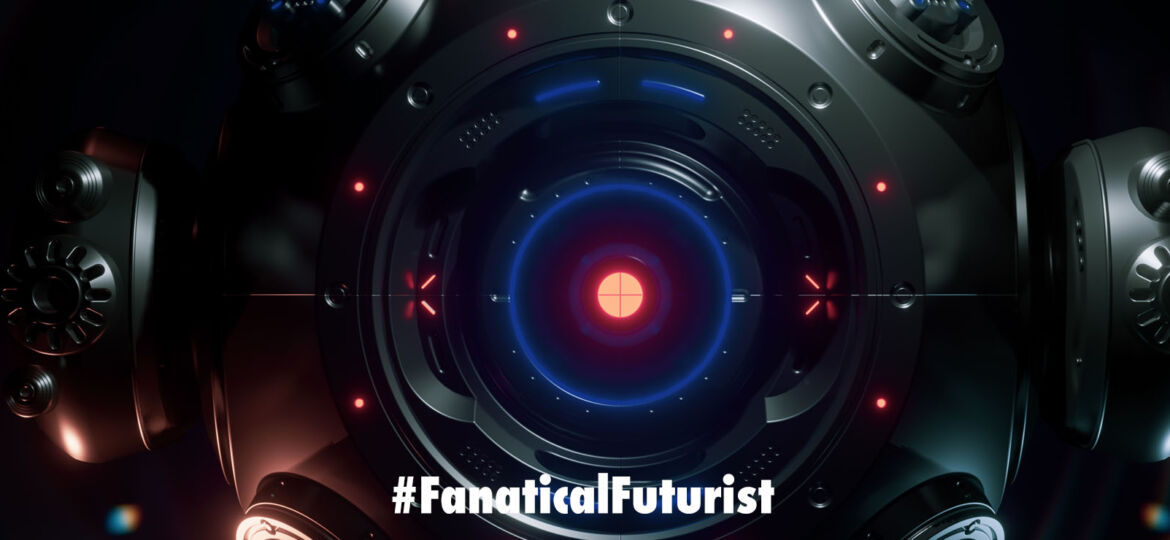
WHY THIS MATTERS IN BRIEF
You are biology, and biology has its limits, but if the cells in your body had the best of biology and the best of “tech” then it could be the ultimate disease fighting machine …
 Love the Exponential Future? Join our XPotential Community, future proof yourself with courses from XPotential University, read about exponential tech and trends, connect, watch a keynote, or browse my blog.
Love the Exponential Future? Join our XPotential Community, future proof yourself with courses from XPotential University, read about exponential tech and trends, connect, watch a keynote, or browse my blog.
Building a better human cell, as well as fully synthetic artificial cells and semi-synthetic cells that help us create some of the world’s first so called hybrid human immune systems that can kill even the toughest diseases in the human body, and that work even better than the real deal, is actually a thing.
Now led by a group of researchers from Taiwan and California a team of researchers have managed to create another novel semi-synthetic cell that they’re calling a “Cyborg Cell.” Think of it as a best of both worlds concept – a hybrid cell that combines the benefits of both natural and synthetic cells in one tidy package. And the scientists believe their research could potentially help stave off or treat all kinds of diseases.
The Future of Work and Longevity keynote, by Matthew Griffin
In a study published by Advanced Science, the team from Academia Sinica in Taiwan and the University of California Davis, write that natural cells can perform complex tasks, but the fact they replicate can cause safety concerns in biomedical applications which is why researchers have been busy trying to develop genetic firewalls and genetic kill switches to stop that from happening. On the flip side though an artificial cell can ensure non-replicating materials in a defined and controllable function, but doesn’t possess the biochemical complexity sometimes needed.
More from the study:
“Here, for the first time, the authors create hybrid material-cell entities termed Cyborg Cells. To create Cyborg Cells, a synthetic polymer network was assembled inside bacterial cells, rendering them incapable of dividing. These newly constructed cells can preserve essential functions of a natural cell and ‘acquire new abilities to resist stressors that otherwise kill natural cells.’”
The authors say their work demonstrates how the “combination of synthetic materials and natural cells can create semi-living entities with hybrid characteristics and new capabilities.” They believe they’ve opened the door to additional studies on cell division and the interface between intracellular hydrogels and biomolecules that may lead to new applications, such as antibacterial treatment or even cancer therapy. The effort to fight diseases could benefit from Cyborg Cells because the stress-resistant features of the new cell allow them to “work robustly in certain natural environments,” the scientists say.
“We envision that our Cyborg Cells would become a new class of synthetic therapy-delivery systems,” they write.
Cyborg Cells to the rescue?
















